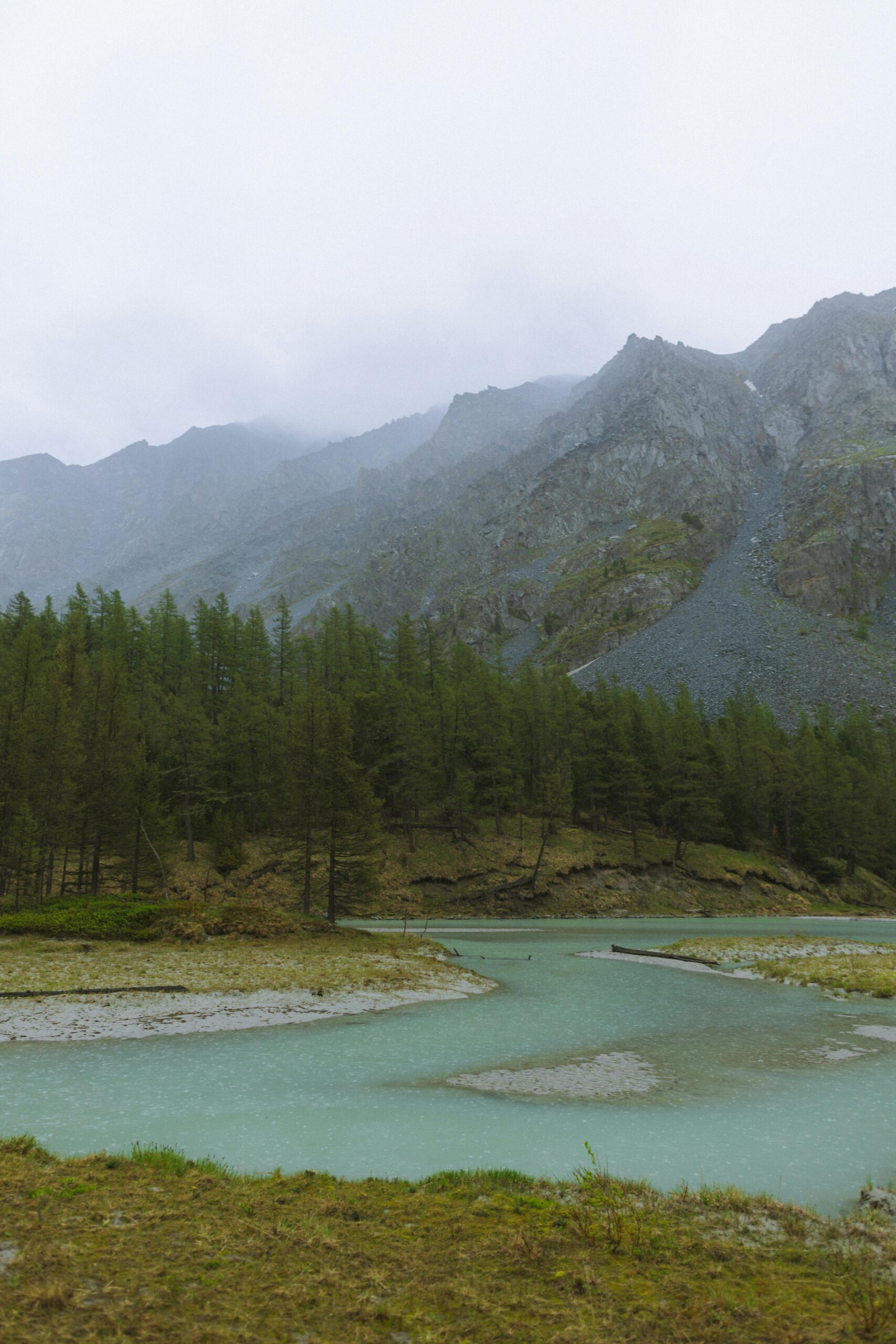Mountain area conservation is a pressing environmental issue, as these regions hold a vast array of biodiversity, unique ecosystems, and water resources essential for human survival. However, managing conservation efforts in mountainous areas presents numerous challenges, including remote locations, rugged terrain, and a lack of resources. Utilizing BI (Business Intelligence) for efficient mountain area conservation can empower conservationists, environmental agencies, and policymakers with data-driven insights, ultimately streamlining the conservation process. By leveraging BI tools, these stakeholders can monitor, analyze, and make informed decisions for sustainable conservation efforts.
In this article, we will explore how BI can be instrumental in enhancing mountain conservation efficiency. We will discuss the benefits, strategies, and best practices of implementing BI in conservation, along with a conclusion and answers to common questions.
Why Utilize BI for Mountain Area Conservation?
BI tools provide valuable insights through data collection, analysis, and reporting. In the context of mountain area conservation, BI can be used to track ecosystem health, identify conservation priorities, and forecast environmental changes. With BI, conservation agencies can optimize resource allocation, monitor endangered species, track climate patterns, and understand the socio-economic impact of conservation strategies.
Utilizing BI for Efficient Mountain Area Conservation
Benefits of BI in Mountain Area Conservation
- Enhanced Data Analysis
BI tools enable conservationists to collect and analyze a vast amount of data from various sources, such as satellite images, sensors, climate reports, and even social media. This data helps understand trends, anomalies, and patterns within mountain ecosystems. For instance, changes in forest density or snow cover can be monitored over time, enabling faster responses to environmental threats. - Improved Resource Allocation
By analyzing historical data and real-time information, BI systems can recommend where resources should be focused. Areas with higher biodiversity or regions prone to human encroachment can be prioritized, ensuring efficient allocation of funds, personnel, and conservation resources. BI also assists in identifying regions where the return on investment in conservation is highest, leading to better financial management. - Predictive Analytics for Climate and Environmental Changes
Mountains are particularly sensitive to climate change, which impacts glaciers, biodiversity, and water availability. BI’s predictive analytics capabilities can model the effects of climate change on these areas, providing early warnings about potential threats. Conservation strategies can be adjusted to address these forecasted changes, enhancing the resilience of mountain ecosystems. - Real-Time Monitoring and Reporting
Sensors, drones, and satellite imagery provide a constant stream of data from mountain areas. BI tools can process this data in real-time, offering up-to-date insights on wildlife movements, poaching incidents, and forest fires. Real-time monitoring allows conservationists to act immediately in response to threats, reducing the damage caused to fragile ecosystems.
Challenges of Implementing BI in Mountain Conservation
Despite the benefits, implementing BI for mountain conservation has challenges, particularly due to the remote and rugged nature of mountain regions. Issues include:
- Limited Internet Connectivity
Many mountain areas lack the infrastructure for consistent internet connectivity, which is crucial for real-time data processing and reporting. To address this, conservation programs may rely on offline data collection methods, which are later uploaded and analyzed when connectivity is available. - High Initial Costs
Implementing BI technology, including hardware, software, and skilled personnel, can be costly. Conservation agencies often have limited budgets, making it essential to find cost-effective solutions or secure funding from partnerships, grants, or government initiatives. - Data Accuracy and Standardization
Data from remote areas can be inconsistent due to sensor malfunctions or environmental interference. Ensuring data accuracy and standardizing data formats for BI analysis are critical for reliable insights.
Strategies for Utilizing BI in Mountain Area Conservation
Data Collection and Integration
BI in mountain conservation relies on accurate data from multiple sources. The following data sources are often integrated into BI systems:
- Remote Sensing and Satellite Data
Satellite imagery provides a bird’s-eye view of mountain areas, enabling the monitoring of vegetation cover, snow patterns, water sources, and more. Remote sensing data is especially valuable for tracking changes in the landscape over time. - IoT Devices and Sensors
Sensors can track environmental variables such as temperature, humidity, and soil moisture. Cameras and motion detectors can monitor wildlife activity, alerting conservationists to disturbances in sensitive areas. - Community Reports and Social Media
Local communities in mountain areas often play a role in conservation efforts. Community reports and data from social media can offer insights into human activities, illegal logging, and pollution. These reports can be fed into BI systems for a more comprehensive view of the conservation landscape.
Data Analysis and Predictive Modeling
Once data is collected, BI tools process and analyze it to identify patterns and trends. For instance, predictive modeling can forecast the impact of seasonal changes on biodiversity. Conservationists can create targeted action plans based on these forecasts, ensuring that measures are proactive rather than reactive.
Visualization and Reporting
BI platforms provide data visualization options, allowing conservationists to see data trends, hotspots, and changes through maps, graphs, and dashboards. Visual representations help stakeholders make informed decisions quickly. Reports generated through BI tools can be shared with government bodies, NGOs, and local communities, fostering collaboration in conservation efforts.
Case Study: Using BI for Glacier Conservation in the Himalayas
In the Himalayas, glaciers play a critical role in water security for millions of people. A BI system was implemented to monitor glacial retreat, water flow patterns, and temperature changes. By analyzing satellite data, predictive models were developed to forecast glacial melt rates. This data empowered local authorities to plan water management strategies, ensuring water availability for downstream communities.
Collaboration and Community Involvement
Effective mountain conservation efforts often involve local communities and stakeholders. BI systems allow community engagement by providing them access to information on conservation goals, progress, and environmental threats. This fosters cooperation and empowers communities to actively participate in conservation initiatives.
Conclusion
Utilizing BI for efficient mountain area conservation offers unprecedented advantages, helping conservationists track, analyze, and act on complex environmental data. Through BI tools, data from multiple sources can be integrated, analyzed, and visualized, leading to better decision-making in the face of environmental challenges. Despite certain implementation challenges, the potential of BI in mountain conservation is substantial. With proper planning, investment, and community involvement, BI can become an indispensable tool in preserving the world’s mountain ecosystems for future generations.
FAQ
Q1: What are the primary benefits of using BI in mountain conservation?
A1: BI enhances data analysis, resource allocation, predictive analytics, and real-time monitoring, enabling more informed decision-making and effective conservation efforts.
Q2: How can BI help in monitoring climate change effects on mountains?
A2: BI uses predictive analytics to model potential environmental impacts of climate change, such as glacial melting and habitat loss, allowing conservationists to prepare adaptive strategies.
Q3: Are there challenges to implementing BI in remote mountain areas?
A3: Yes, challenges include limited internet connectivity, high implementation costs, and data standardization issues due to the rugged, remote nature of mountain regions.
Q4: How does BI facilitate collaboration in conservation efforts?
A4: BI systems enable sharing of data and progress with local communities, NGOs, and governments, fostering cooperation and promoting community involvement in conservation.
Q5: Can BI be used for wildlife tracking in mountain areas?
A5: Yes, BI can integrate data from motion sensors and cameras to monitor wildlife movements, helping conservationists protect endangered species and prevent poaching.
Utilizing BI in mountain area conservation provides an effective, data-driven approach to addressing the environmental challenges that threaten these unique ecosystems. With the ongoing development of BI technology, conservation efforts in mountainous regions are set to become increasingly efficient and impactful.



